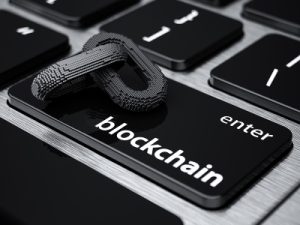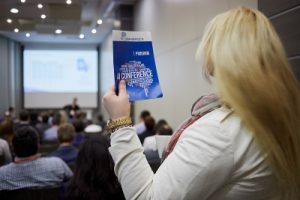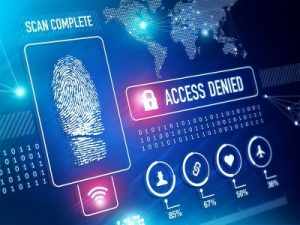
Now that we've all got our heads wrapped around the idea that Artificial Intelligence (AI) is now a reality and is helping us be more productive (rather than taking over the world), in comes quantum computing.
Quantum computing is based on the principles of quantum mechanics, which examines the properties and behaviors of the smallest particles that make up everything around us. When applied to computing, this means utilizing aspects of computer science, physics, and mathematics to solve complex problems faster than on classical computers. To date, no machine has achieved this feat, but experts agree that quantum computing will become a reality for the workforce within the next five years. Continue reading






